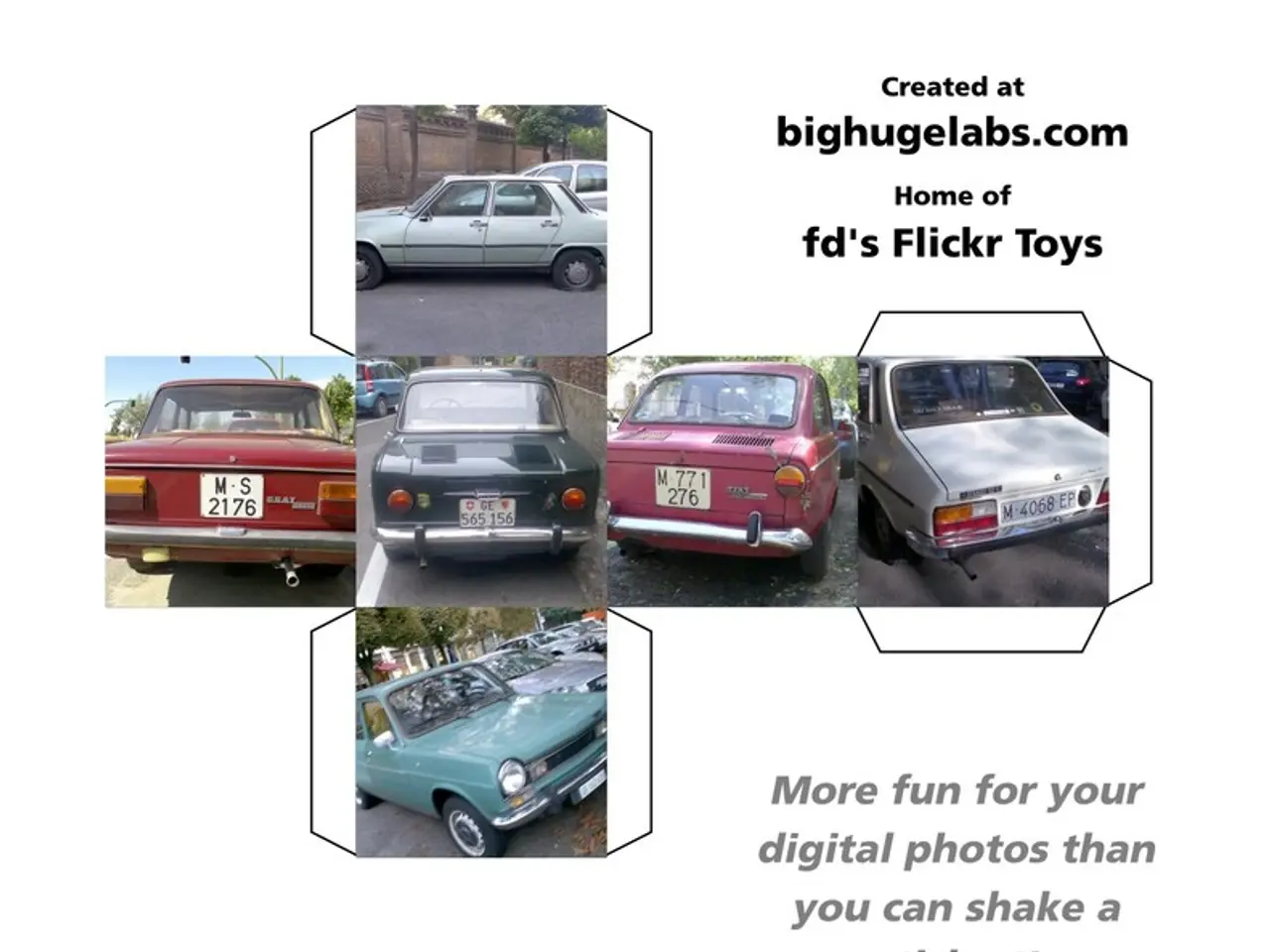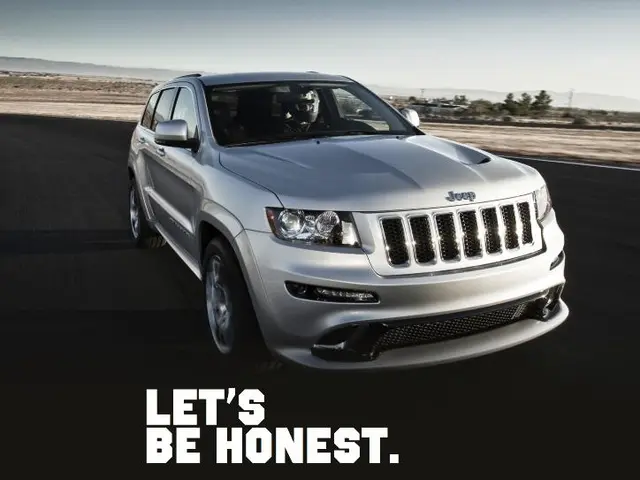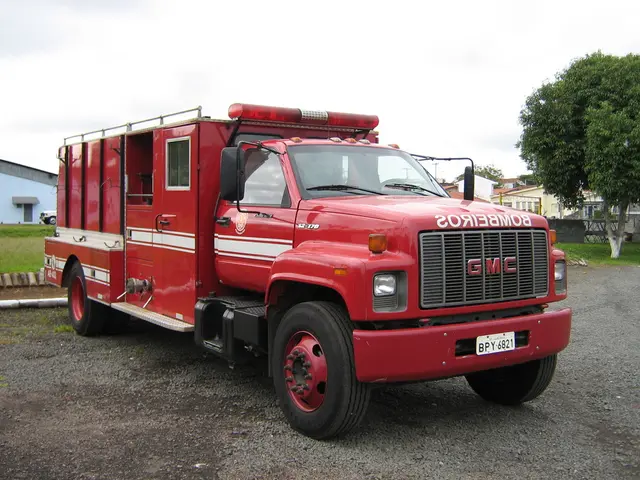Tesla's autonomous taxi service stirs up shockwaves within the industry, inciting introspection in Korea's research and development arena.
In the rapidly evolving world of autonomous vehicles, two industry giants, Tesla and Waymo, are poised to make significant strides. Hyundai's Ioniq 5 is expected to join Waymo's robotaxi fleet, adding to the self-driving Jaguar electric vehicles already in operation. This expansion signifies Waymo's continued exploration of the robotaxi future.
Meanwhile, in Los Angeles, California, a fire in a dumpster on May 8 caused a brief disruption. While no specific impact on the Waymo autonomous self-driving vehicle was reported, fire hoses and emergency vehicles blocked the path of travel for one such vehicle. The incident did not seem to affect Waymo's ongoing operations in the city, as self-driving vehicles were still observed parked on the side of the road.
As for Tesla, the company is aiming to launch its robotaxi service in Austin, Texas, on June 12. However, no details were provided about any potential disruptions to this launch due to external factors like fires or emergencies. A Tesla robotaxi was already spotted driving on South Congress Avenue in Austin.
The future of robotaxis is a transformative innovation in urban mobility, and experts like Seo Seung-woo, an AI and autonomous driving researcher at Seoul National University, would likely recognise this. If robotaxis become widely adopted, Tesla's business could shift from selling cars to selling mobility services or supplying autonomous driving software for robotaxi fleets. Yet, Tesla could also face pressure from specialized robotaxi companies who optimize entirely for shared autonomous mobility rather than individual car sales.
The impact of these changes depends on regulatory, technological, and consumer acceptance factors, which robotics experts like Seo might emphasize. While there is no publicly available record of Seo's opinions on the topic, his focus on autonomous driving research positions him as someone who would have informed views on robotaxis and their potential impact on companies like Tesla.
In the midst of these developments, both Tesla and Waymo continue to push the boundaries of autonomous driving technology, shaping the future of urban mobility. The Los Angeles fire incident serves as a reminder of the challenges that lie ahead, but also the resilience of these companies in navigating them. As we move towards a more automated world, the race to perfect robotaxis and electric vehicles is far from over.
- The opinion of Seo Seung-woo, an AI and autonomous driving researcher, is likely to regard the transition towards widespread adoption of robotaxis as a transformative innovation in the industry of urban mobility.
- Tesla's business, if robotaxis become widely adopted, could potentially shift from selling cars to selling mobility services or supplying autonomous driving software for robotaxi fleets.
- The automotive industry, particularly companies like Tesla and Waymo, are effectively shaping the future of urban transportation through their advancements in autonomous driving technology.
- The government's role in regulating the development and deployment of robotaxis will significantly influence the pace of their adoption in various cities, as exemplified by Tesla's planned launch of its robotaxi service in Austin, Texas.
- The future of robotaxis is reliant on not only technological improvements but also on consumer acceptance, as public confidence in self-driving vehicles will determine their widespread adoption.
- The evolving world of autonomous vehicles is fraught with challenges, such as the impact of external factors like fires or emergencies, as shown by a recent incident in Los Angeles that briefly disrupted the path of a Waymo self-driving vehicle.




